Communicating the Journey: Promotion and Integrated Marketing Communication (IMC)
The Promotion Mix
Promotion, a fundamental element of the marketing mix (4Ps), includes the strategic tools and approaches organizations use to communicate their value proposition to target audiences. These communication tools collectively form the promotion mix — a comprehensive set of elements that work together to create, maintain, and increase demand for products and services.
Components of the Promotion Mix
The promotion mix consists of six key elements that organizations strategically combine to build relationships with their target audiences.
The traditional five elements are:
- Advertising
- Public relations
- Personal selling
- Sales promotion
- Direct marketing
Additionally, digital marketing has emerged as the sixth vital component, reflecting the evolution of modern communication channels and consumer behaviour patterns.
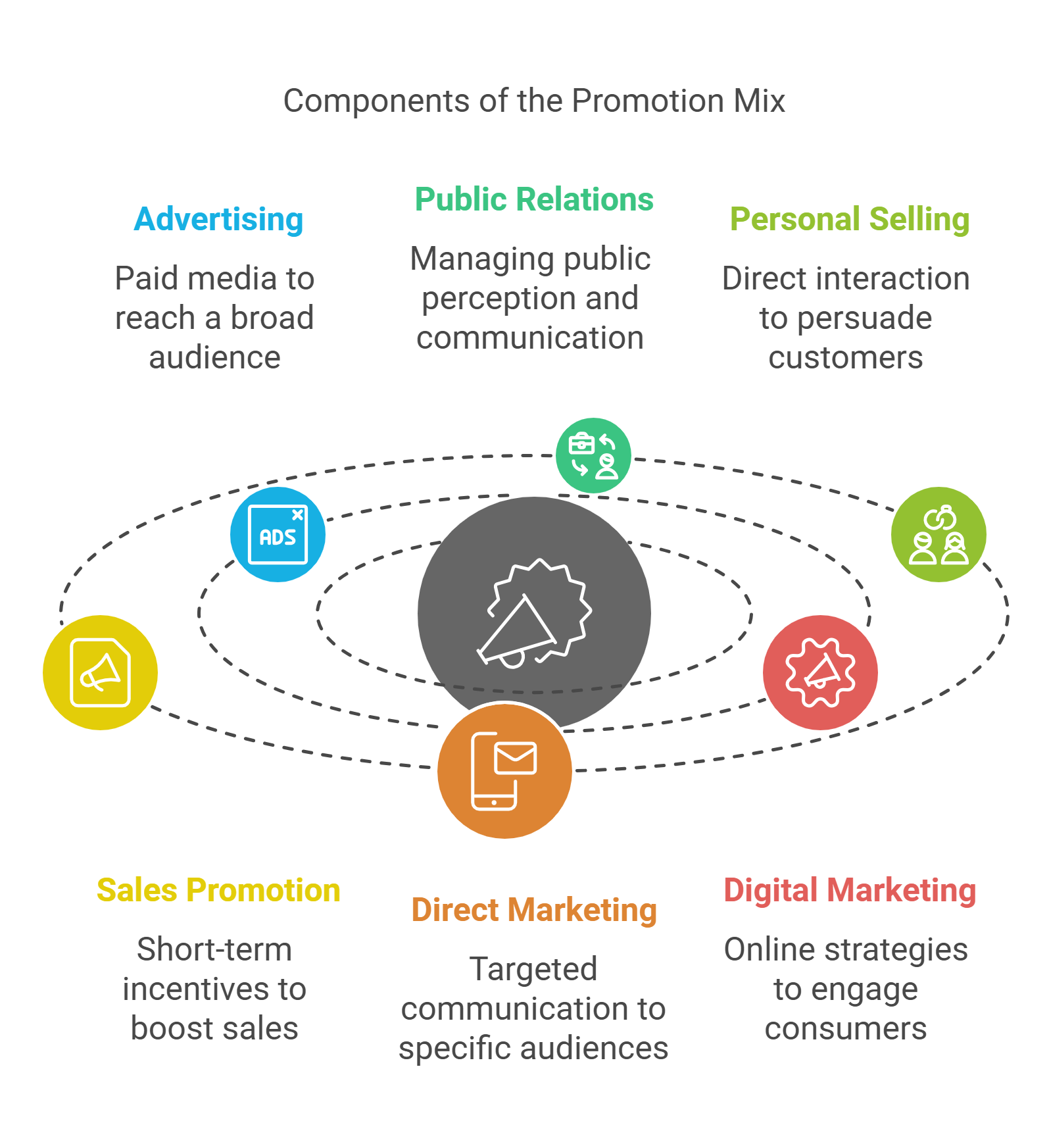
Let’s take a closer look at each element…
Advertising
Advertising is a paid, non-personal form of promotion that reaches a large audience through various media channels. It is typically the most visible element of the promotion mix.
Examples
Traditional Advertising Media Options
Traditional advertising refers to paid promotional efforts through established mass media channels. Examples include:
- Television and Radio Ads: Used to reach large audiences with audio-visual or auditory messages.
- Print Media: Includes advertisements in newspapers, magazines, brochures, and posters.
- Billboards and Outdoor Advertising: Large-scale ads placed in high-traffic areas to capture attention.
These methods are effective for creating brand awareness and reaching broad audiences but may lack precise targeting compared to digital approaches.
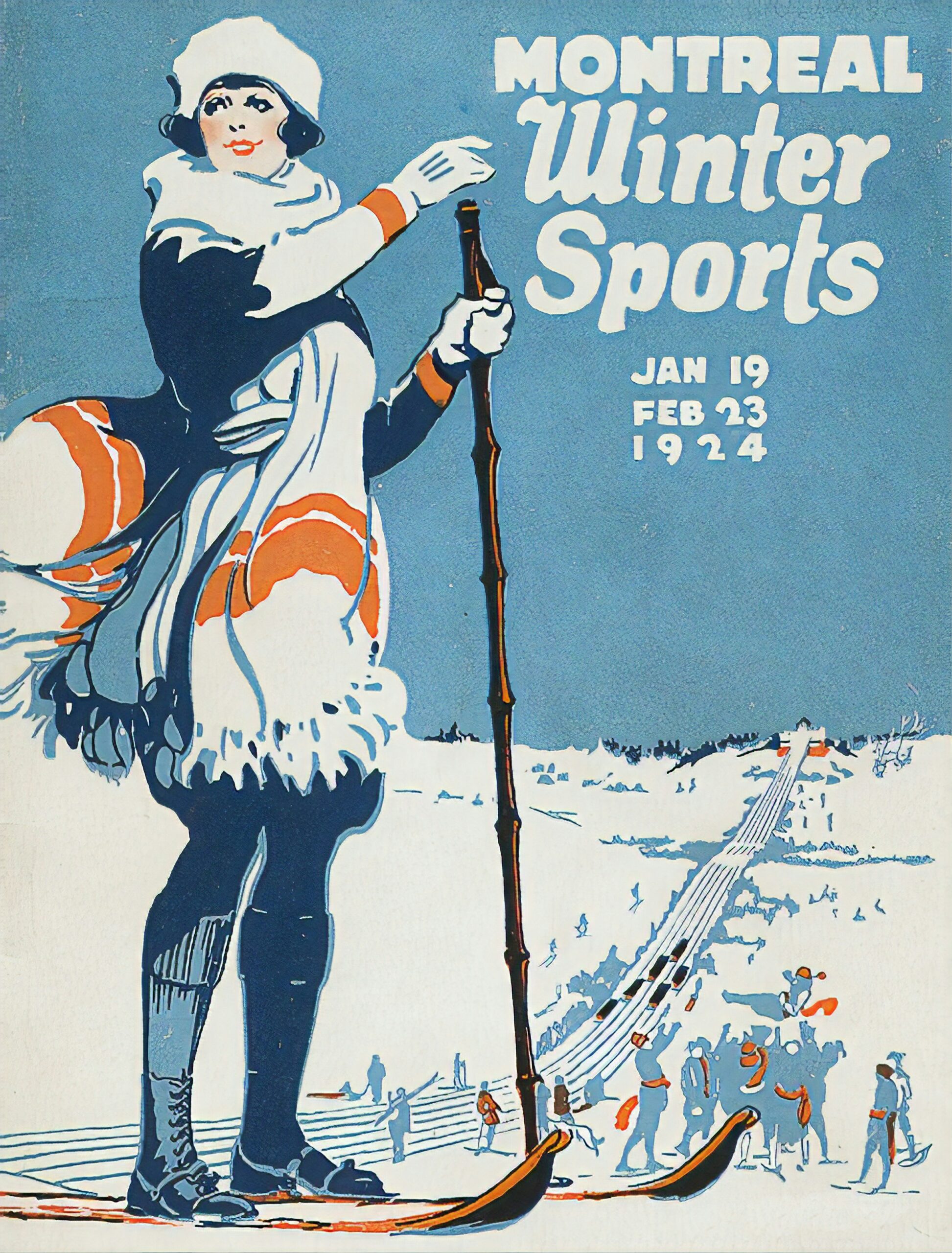
Key Characteristics of Advertising
Advertising has the following key characteristics:
- Mass Reach: Ability to communicate with a large audience simultaneously.
- Controlled Message: The advertiser has full control over the content, timing, and placement.
- Various Media Options: TV, radio, print, outdoor, digital platforms, etc.
- Brand Building: Effective for creating and maintaining brand awareness and image.
“21st Century Ad Campaigns: The Top 15” [19 videos, 30:01 min total] by AdAge[1]
Objectives of Advertising
Advertising can serve three primary objectives:
- To inform
- To persuade
- To remind
To Inform
Informative advertising focuses on educating the audience about a product, service, or initiative by presenting factual information[2].
Examples
Informative Advertising
Via Rail’s Canada 150 Campaign: Via Rail highlighted its role in connecting Canadians from coast to coast. The campaign used stunning visuals of Canada’s landscapes and emphasized the size of the country and the importance of rail travel in uniting communities, educating audiences about the service’s value and reach.
“Via Rail & Canada 150: All Aboard for the Celebrations!” [0:50 min] by VIA Rail Canada[3]
If you are using a printed copy, you can scan the QR code with your digital device to go directly to the video: Via Rail & Canada 150: All Aboard for the Celebrations!
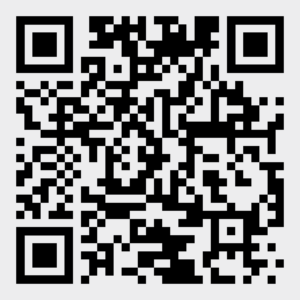
Heart & Stroke Foundation – “Make Health Last”: This campaign informed Canadians about the importance of healthy living by contrasting two potential realities for their final years — vibrant health versus dependency — encouraging proactive health management.
“Make Health Last – Canadian Heart & Stroke Foundation” [1:00 min] by MullenLowe Global[4]
If you are using a printed copy, you can scan the QR code with your digital device to go directly to the video: Make Health Last – Canadian Heart & Stroke Foundation
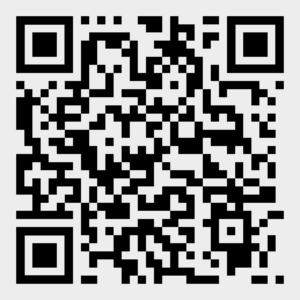
To Persuade
Persuasive advertising aims to influence consumer attitudes or behaviors by appealing to emotions, desires, or values.
Examples
Persuasive Advertising
Heinz and Ed Sheeran: Heinz partnered with musician Ed Sheeran in a campaign where he praised the brand’s ketchup. By leveraging Sheeran’s popularity, the ad created a positive emotional association with Heinz.
“Ed’s Heinz Ad” [1:19 min] by Heinz[5]
If you are using a printed copy, you can scan the QR code with your digital device to go directly to the video: Ed’s Heinz Ad
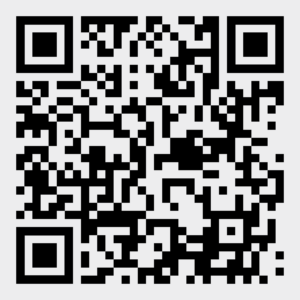
WestJet’s Christmas Miracle Campaign: WestJet surprised passengers with personalized Christmas gifts based on their wishes, creating an emotional connection with viewers by showcasing joy, gratitude, and the spirit of giving.
“Westjet Christmas Miracle: Real-Time Giving” [5:25 min] by WestJet[6]
If you are using a printed copy, you can scan the QR code with your digital device to go directly to the video: Westjet Christmas Miracle: Real-Time Giving
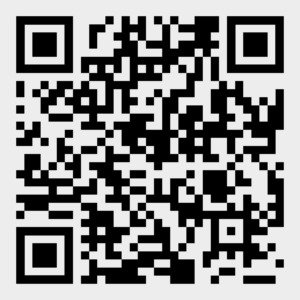
To Remind
Reminder advertising reinforces brand recognition or reminds consumers of a product or service they already know.
Examples
Reminder Advertising
Tim Hortons’ True Stories Campaign: Tim Hortons shared real-life customer stories that highlighted its role as a comforting presence in Canadians’ daily lives. These heartwarming narratives reminded audiences of their emotional connection to the brand.
“Tim Hortons True Stories: Proud Fathers” [1:00 min] by Time Hortons[7]
If you are using a printed copy, you can scan the QR code with your digital device to go directly to the video: Tim Hortons True Stories: Proud Fathers
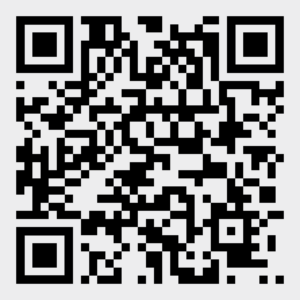
Public Relations
Public relations (PR) involves managing the spread of information between an organization and the public. It aims to build and maintain a positive public image and handle or avert negative publicity.
Publicity
“The activity of making certain that someone or something attracts a lot of interest or attention from many people, or the attention received as a result of this activity”[8]
Publicity is a key component of public relations that focuses on generating media coverage and public awareness for a brand, company, individual, or product. It involves the dissemination of information through various media channels with the goal of influencing public opinion and creating visibility.
Example
Richard Branson
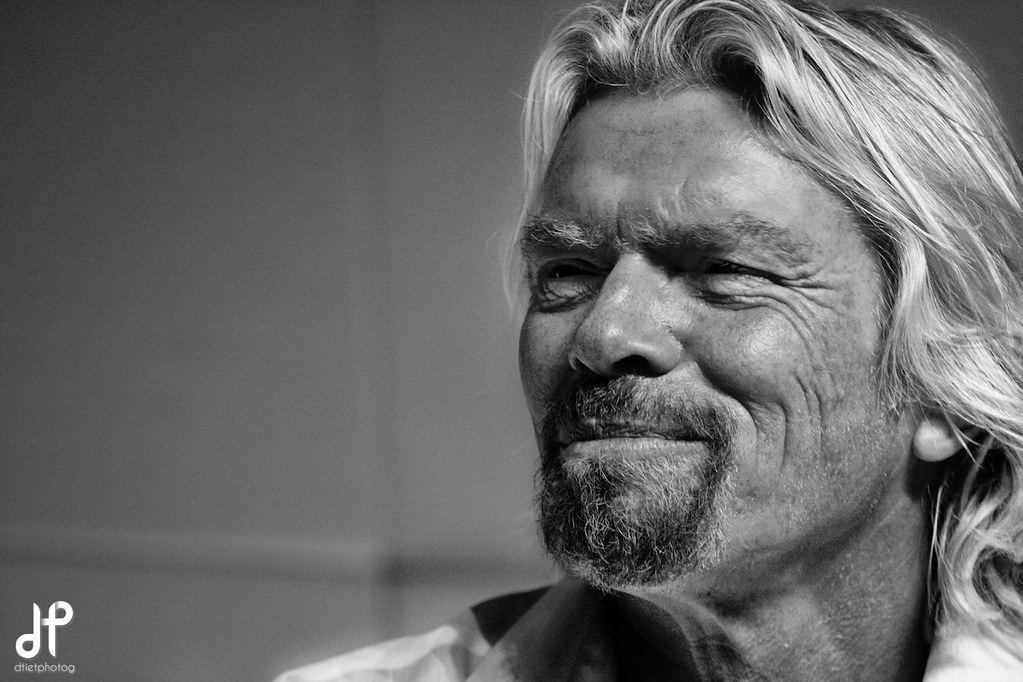
Richard Branson, the founder of Virgin Group, is widely recognized as a master of public relations[9].
“How Richard Branson Built His Multibillion Dollar Fortune | Forbes” [2:03 min] by Forbes[10]
If you are using a printed copy, you can scan the QR code with your digital device to go directly to the video: How Richard Branson Built His Multibillion Dollar Fortune | Forbes

“Find a Dream Big Enough to Scare You | Richard Branson On Disruptive Entrepreneurship | MasterClass” [0:40 min] by MasterClass[11]
If you are using a printed copy, you can scan the QR code with your digital device to go directly to the video: Find a Dream Big Enough to Scare You | Richard Branson On Disruptive Entrepreneurship | MasterClass
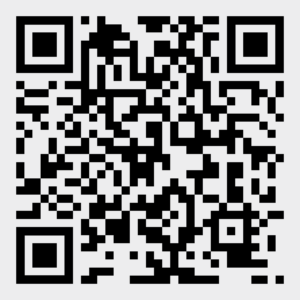
“Richard Branson’s Top Tips for Entrepreneurs” [2:48 min] by Moneywise[12]
If you are using a printed copy, you can scan the QR code with your digital device to go directly to the video: Richard Branson’s Top Tips for Entrepreneurs

Here are the key ways he uses PR effectively:
- Authenticity and Personal Branding: Branson prioritizes authenticity in his PR approach. He remains true to his unique persona, showcasing both successes and failures with candor. This genuine approach has helped him build a personal brand that exudes charisma, adventure, and a rebellious spirit.
- Storytelling and Media Engagement: Branson understands the power of storytelling in shaping public perception. He uses compelling narratives to transform Virgin from a mere conglomerate into a brand with a soul. Branson is always available for media appearances, recognizing the value of reaching millions through television spots.
- Bold Publicity Stunts: Branson is known for his outrageous publicity stunts that generate widespread media coverage. These stunts create long-lasting buzz and keep the Virgin brand visible. Some notable examples include:
- Driving a tank down Fifth Avenue to introduce Virgin Cola
- Bungee-jumping off a skyscraper in a tuxedo
- Dressing as an astronaut for Virgin Galactic press conferences
- Driving an amphibious car across the English Channel
- Social Responsibility and Engagement: Branson’s PR strategy emphasizes social responsibility and purpose-driven initiatives. He uses his platform to champion causes like climate change and LGBTQ rights, positioning Virgin as a force for positive change.
- Leveraging Multiple Channels: Branson engages his audience through various channels, including social media, his personal blog, and video content. He adapts to new communication mediums to reach a wider audience in fun and convenient ways.
Major PR Activities
Major PR activities include:
- Media Relations: Engaging with journalists and influencers to secure positive coverage.
- Crisis Management: Preparing for and responding to unexpected events that could damage reputation.
- Event Planning and Management: Organizing press trips, familiarization tours, and industry events.
- Content Creation: Developing engaging stories, press releases, and multimedia content.
- Reputation Management: Monitoring and responding to online reviews and feedback.
- Community Relations: Engaging with local communities.
- Influencer Partnerships: Collaborating with influencers and bloggers to reach target audiences.
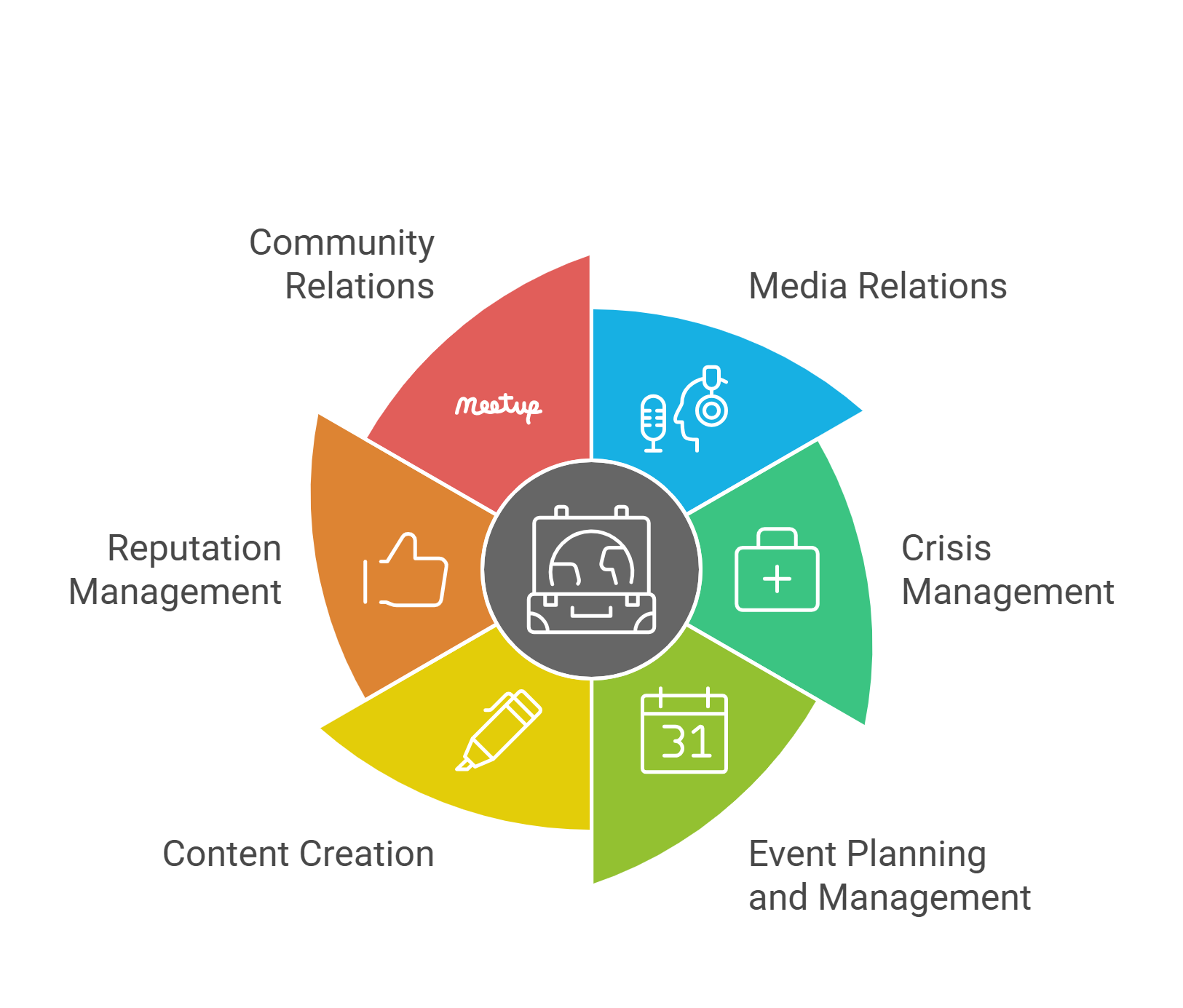
Example
Chipotle Mexican Grill: The 2015 Food Safety Crisis
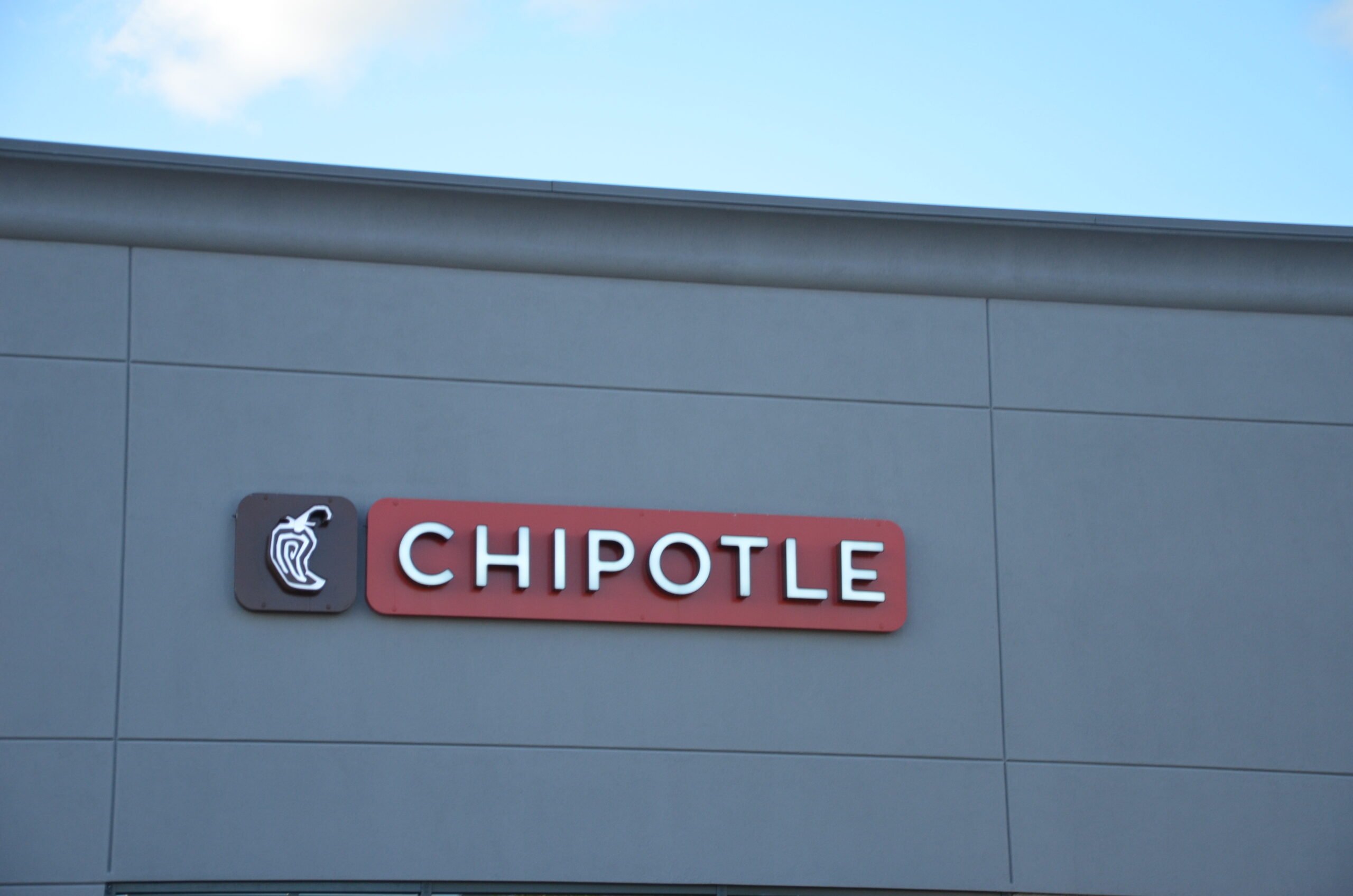
In 2015, Chipotle experienced multiple foodborne illness outbreaks, including E. coli, norovirus, and salmonella, affecting over sixty customers across fourteen states. This crisis resulted in a 13% drop in sales for 2016, marking Chipotle’s first annual decline since going public. The outbreaks severely damaged the company’s reputation and consumer trust, leading to a 10% drop in stock value and triggering an investigation by the Centers for Disease Control.
Chipotle’s Response and PR Strategies[13][14]
To address the crisis and rebuild trust, Chipotle implemented several key strategies:
- Store Closure and Staff Training: Chipotle closed all its stores for a day to educate staff on food safety, demonstrating its commitment to addressing the issue.
- New Food Safety Protocols: The company implemented comprehensive food safety measures, including:
- DNA-testing ingredients before shipping to restaurants
- Changes to food prep and handling practices
- Offering paid sick leave to prevent ill employees from working
- Transparent Communication: Chipotle adopted a policy of accessibility and transparency in its communications. They created a comprehensive food safety plan website and sent a letter from Co-Founder Steven Ells to stockholders.
- Enhanced Food Safety Program: Chipotle launched an improved food safety program that included:
- Microbiological kill steps
- Stricter testing of produce throughout the supply chain
- New sanitation procedures
- Preparing certain items at central kitchens
- Enhanced standards for food safety inspection
- An automatic closure policy if an employee or customer vomits in a restaurant
- Customer Outreach: To regain customer confidence, Chipotle sent 21 million direct mail offers for free burritos in the weeks following the crisis.
Impact and Lessons Learned
Chipotle’s response to the crisis has been recognized as a model for other restaurant chains. By implementing these comprehensive measures, Chipotle not only addressed the immediate crisis but also positioned itself as a leader in food safety within the industry.
The company’s experience highlighted the critical importance of prioritizing food safety and quality management in the food service industry. It demonstrated that neglecting these aspects can have severe consequences for businesses, but also that with the right approach, it is possible to recover from such challenges and rebuild trust.
Chipotle’s journey through this crisis serves as a valuable lesson in crisis management, emphasizing the importance of swift action, transparent communication, and a commitment to continuous improvement in maintaining public trust and brand reputation.
Example
The United Airlines Incident
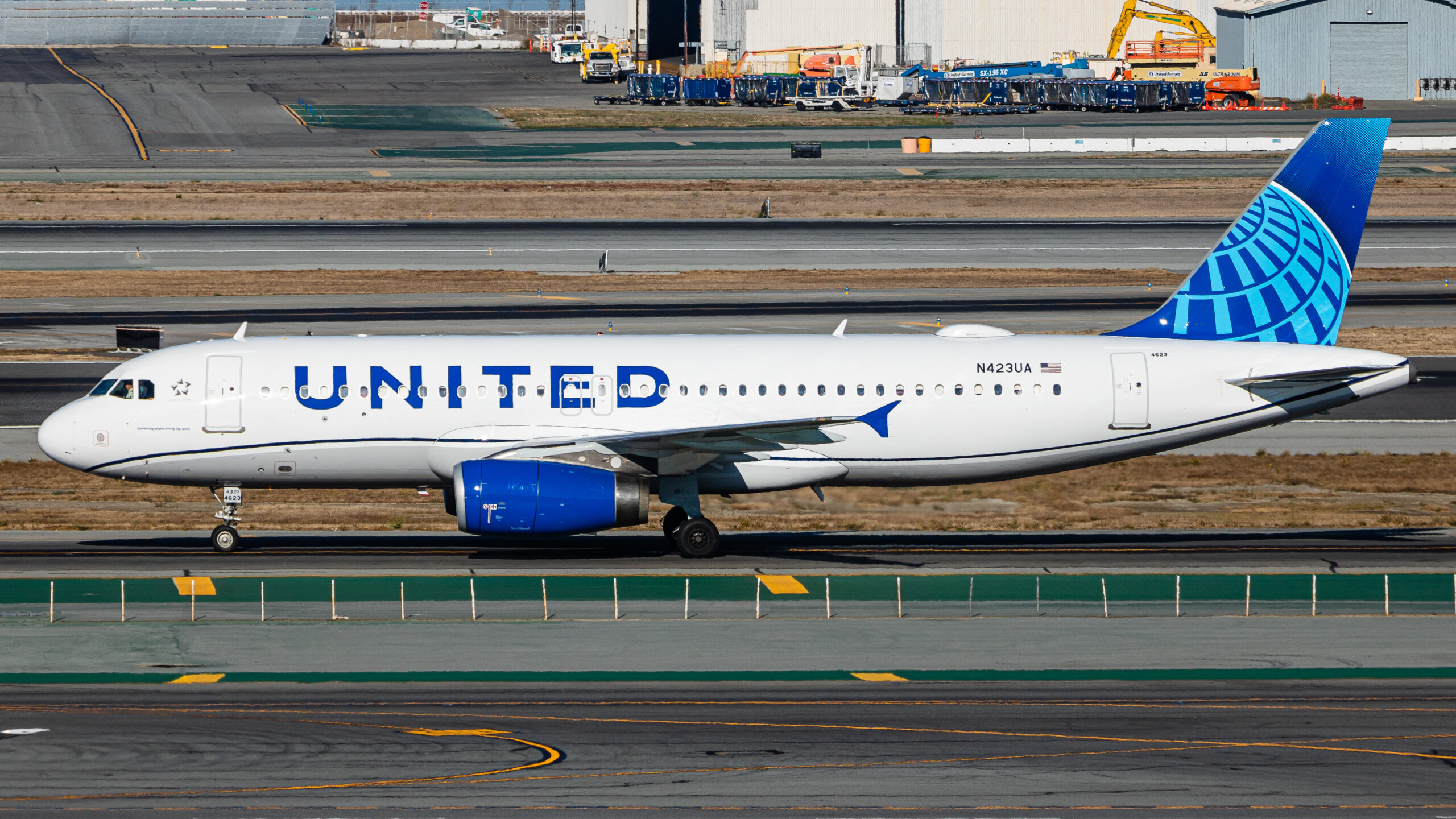
This event unfolded on April 9, 2017, when Dr. David Dao, a 69-year-old Vietnamese-American physician, was forcibly removed from an overbooked United Airlines flight at Chicago O’Hare International Airport. The incident gained worldwide attention after passengers recorded and shared videos of Dr. Dao being dragged down the aisle of the aircraft, bloodied and disoriented.[15][16][17]
The Incident
On that fateful day, United Airlines needed to accommodate four crew members on the fully booked flight to Louisville. When no passengers volunteered to give up their seats in exchange for compensation, the airline selected four passengers for involuntary removal. Dr. Dao, who insisted he needed to see patients the next day, refused to leave his seat. Subsequently, Chicago Department of Aviation security officers were called to remove him, resulting in a violent confrontation that left Dr. Dao with significant injuries, including a concussion, broken nose, and two lost teeth.
Initial Response and Backlash
United Airlines’ initial response to the incident was widely criticized for its lack of empathy and attempt to justify the action:
- Inadequate Statement: CEO Oscar Munoz’s first public statement referred to the incident as an “upsetting event” and apologized for “having to re-accommodate these customers,” language perceived as insensitive.
- Internal Communication: In an email to employees, Munoz described Dr. Dao as “disruptive and belligerent,” further inflaming public outrage.
- Social Media Firestorm: The incident went viral on social media, with users expressing fury and mocking United’s “Fly the Friendly Skies” slogan.
Crisis Management and Recovery
As the crisis escalated, United Airlines shifted its approach:
- Public Apology: Munoz issued a more empathetic statement, expressing “deepest apologies” and acknowledging the need for change.
- Policy Changes: The airline announced ten policy changes, including increased compensation for voluntary bumping and reduced overbooking.
- Settlement: United reached a settlement with Dr. Dao; they were praised for “doing the right thing.”
- Employee Training: The company committed to enhancing customer service training for employees.
Lessons Learned
The United Airlines case offers valuable insights for crisis management:
- Immediate and Empathetic Response: Organizations must respond quickly with genuine empathy and accountability.
- Transparent Communication: Clear, honest communication is crucial to maintaining public trust during a crisis.
- Social Media Preparedness: Companies need to be prepared for the rapid spread of information on social platforms.
- Proactive Policy Changes: Implementing and communicating concrete changes can help rebuild trust and prevent future incidents.
This incident serves as a stark reminder of the importance of effective crisis management and the potential long-term consequences of mishandling public relations in the age of social media.
Publics in Tourism and Hospitality PR
In tourism and hospitality sectors, public relations involves engaging with a variety of stakeholders or “publics” to build relationships, manage reputations, and ensure mutual benefits. These publics include:
- Tourists: The primary audience whose experiences and satisfaction drive the industry.
- Local Communities: Residents of tourism destinations who are directly impacted by tourism activities.
- Government and Policy Makers: Authorities responsible for regulations, infrastructure, and tourism policies.
- Media and Journalists: Key players in shaping public perception through coverage and storytelling.
- Investors and Shareholders: Individuals or organizations funding tourism and hospitality projects.
- Employees: Staff members who deliver services and create guest experiences.
- Suppliers: Businesses providing goods and services essential to the industry.
- Non-Governmental Organizations (NGOs): Groups advocating for sustainable practices and community welfare.
- Industry Associations: Organizations representing collective interests of tourism and hospitality businesses.
- Environmental Groups: Advocates for minimizing tourism’s ecological footprint.
Effective public relations strategies consider the needs, interests, and influence of these diverse publics to foster trust, collaboration, and sustainable growth in the sector.
PR Tools for Tourism and Hospitality Sectors
Tourism and hospitality sectors mainly use four PR tools:
- Media communication and publicity
- Digital engagement
- Reputation management
- Strategic tools

Media Communication and Publicity
Media communications and publicity includes:
- Press Releases: Official statements to generate media coverage for significant news.
- Digital Newsrooms: Online repositories for press materials to facilitate media access.
- Publicity Stunts: Attention-grabbing events to create buzz and media interest.
- Media Tours: Organized visits for journalists to experience and publicize destinations.
- Press Conferences: Live events to announce major news and attract media attention.

Digital Engagement
Digital engagement includes:
- Social Media: Platforms for direct audience engagement and content amplification.
- Content Marketing: Creation and distribution of valuable content to attract media interest.
- Virtual and Augmented Reality: Immersive experiences to showcase destinations and generate publicity.
- Influencer Partnerships: Collaborations to extend reach and gain third-party endorsements.
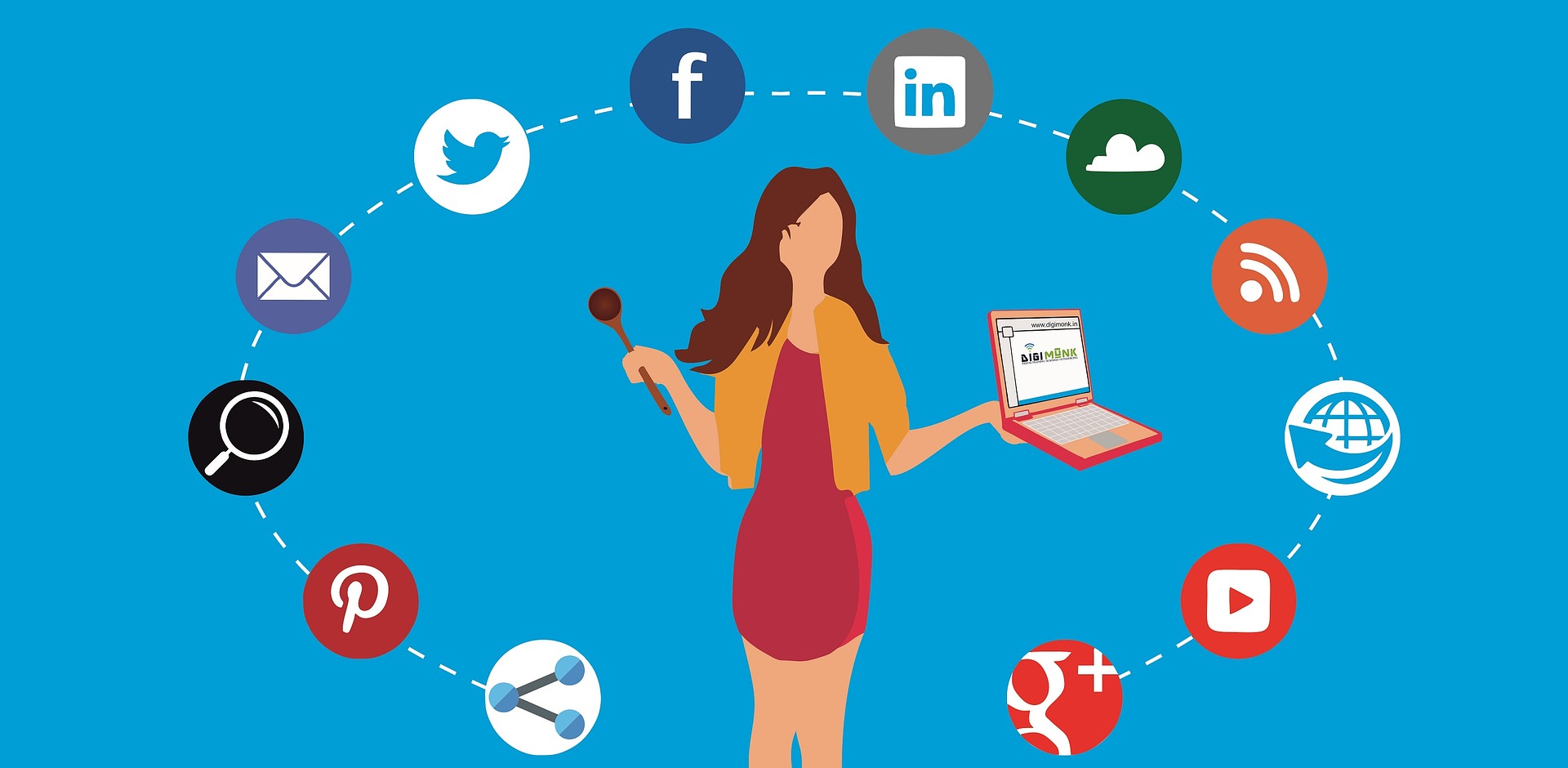
Reputation Management
Reputation management includes:
- Media Monitoring Tools: Track mentions and sentiment across channels to inform publicity strategies.
- Review Management Platforms: Monitor and respond to guest reviews to maintain positive public image.
- Crisis Communication Plans: Prepared strategies for managing unexpected events and mitigating negative publicity.
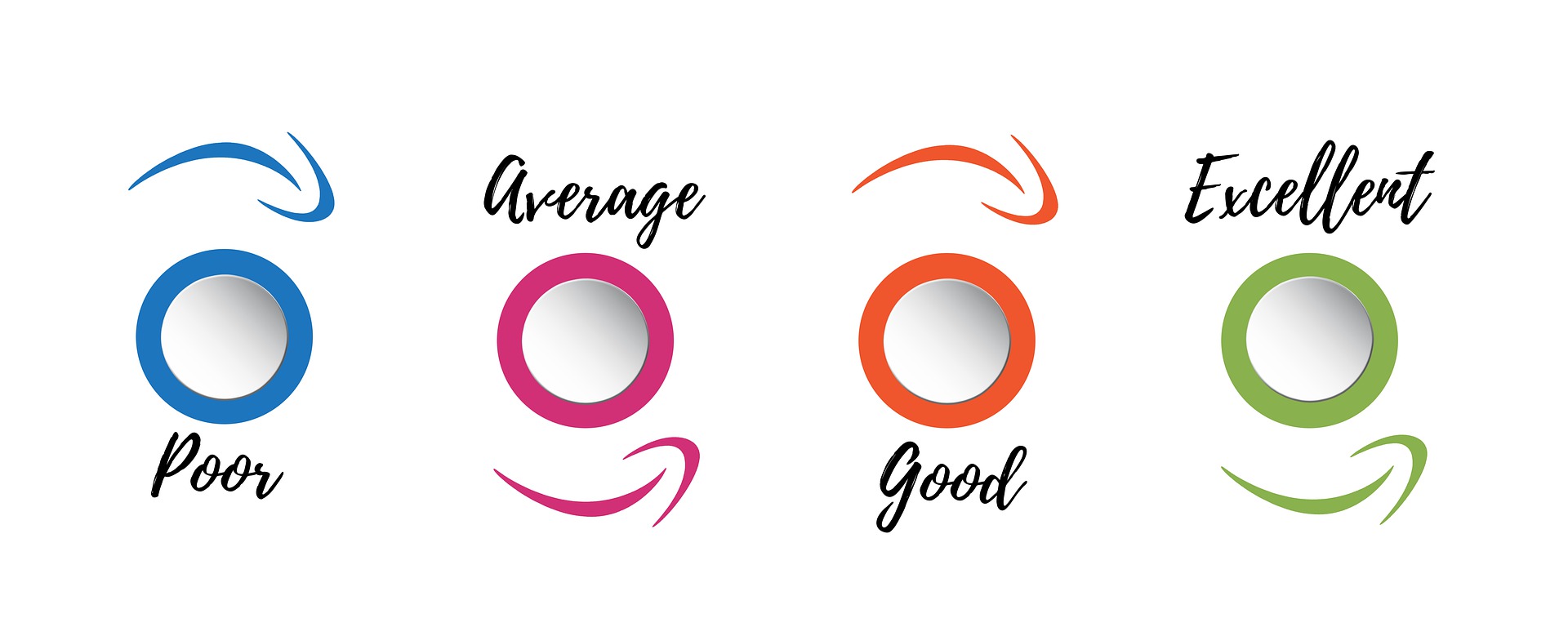
Strategic Tools
Strategic tools include:
- Customer Relationship Management (CRM) Systems: Manage media and stakeholder interactions for targeted publicity efforts.
- Data Analytics: Measure publicity campaign effectiveness and inform future strategies.
- Brand Ambassadors: Utilize satisfied customers or employees to generate organic publicity.
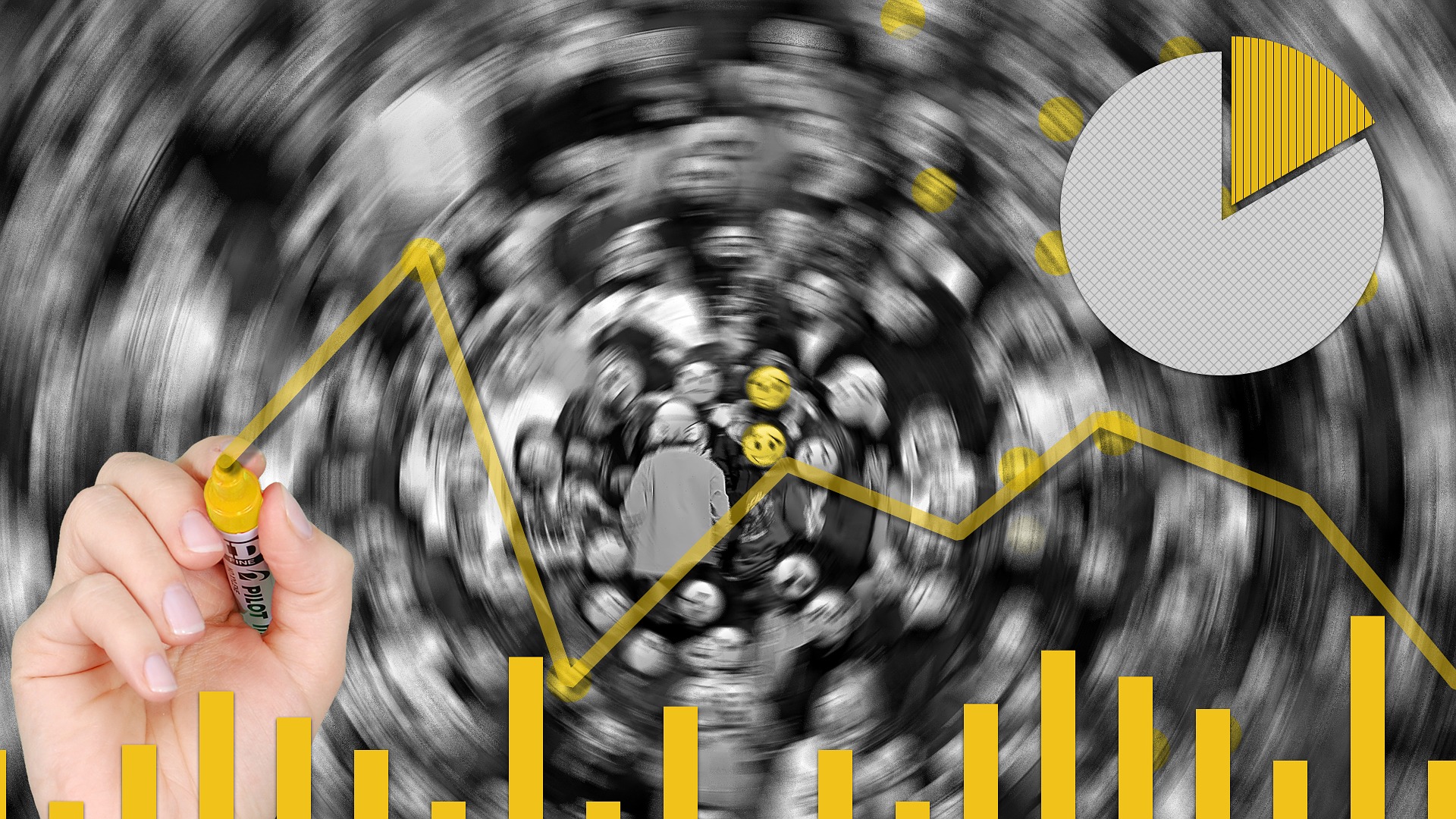
Example
Sample PR Strategy

The Canadian Arts and Culture Festival has the following PR strategy[18][19][20][21].
Media Relations:
- Craft press releases highlighting unique festival features, participating artists, and cultural significance.
- Organize press conferences to announce headlining acts and special events.
- Arrange media tours of the festival grounds for key journalists and influencers.
- Facilitate exclusive interviews with festival organizers and featured artists.
Digital PR:
- Develop a dedicated festival newsroom on the event website.
- Create and distribute multimedia press kits, including high-resolution images and B-roll footage.
- Implement a social media listening strategy to monitor and engage with online conversations about the festival.
Community Engagement:
- Partner with local community organizations to promote the festival’s cultural impact.
- Organize pre-festival events to generate buzz and foster community involvement.
- Implement a volunteer program, engaging local residents as festival ambassadors.
Thought Leadership:
- Secure speaking opportunities for festival organizers at relevant industry conferences.
- Contribute guest articles to arts and culture publications, positioning the festival as a cultural leader.
Crisis Communication:
- Develop a comprehensive crisis communication plan.
- Train key staff members in crisis response protocols.
- Establish a rapid response team to address any issues during the festival.
Storytelling:
- Create human interest stories about local artists and their connection to the festival.
- Develop a series of behind-the-scenes content showcasing festival preparation.
Measurement and Evaluation:
- Monitor media coverage and sentiment analysis.
- Track social media engagement and share of voice.
- Conduct post-event surveys to gauge attendee satisfaction and media perception.
Personal Selling
Personal selling involves face-to-face interactions between a salesperson and potential customers. It is particularly effective for complex products or services that require detailed explanations or demonstrations.
Key features of personal selling include:
- Direct Interaction: Allows for immediate feedback and relationship building.
- Tailored Approach: Messages can be customized to individual customer needs.
- Higher Cost: More resource-intensive than other promotion methods.
- Closing Sales: Effective for guiding customers through the final stages of the buying process.
Examples
Personal Selling in Tourism and Hospitality
Personal selling in the tourism and hospitality sectors allows for direct interaction between sales representatives and potential customers. Here are examples of personal selling in both B2B and B2C contexts.
B2B Personal Selling Examples

Hotel Sales to Corporate Clients: Hotel sales managers often engage in personal selling when targeting corporate clients for long-term contracts. They might:
- Schedule face-to-face meetings with corporate travel managers.
- Provide personalized tours of the hotel facilities.
- Offer tailored packages that meet specific corporate needs.
- Negotiate rates for bulk bookings or extended stays.
Event Venue Marketing: Convention centres and large hotels use personal selling to attract event planners and businesses looking for conference venues. They might:
- Have sales representatives attend trade shows to network with potential clients.
- Offer site visits and personalized presentations of their facilities.
- Customized proposals are created based on the client’s specific event requirements.
Tour Operator Partnerships: Tour operators engage in personal selling to establish partnerships with travel agencies. They might:
- Have sales representatives visit travel agencies to showcase their tour packages.
- Provide training sessions on new destinations or products.
- Offer familiarization trips to key agency staff to experience the product firsthand.
B2C Personal Selling Examples
Luxury Travel Consultations: High-end travel agencies often use personal selling techniques for affluent clients. They might:
- Have travel consultants schedule one-on-one meetings with potential clients.
- Create bespoke itineraries based on the client’s preferences and budget.
- Offer personalized service throughout the planning and booking process.
Timeshare Presentations: Timeshare companies frequently use personal selling tactics. They might:
- Invite potential buyers to attend presentations at their properties.
- Have sales representatives provide guided tours of the facilities.
- Engage in direct, often persuasive, conversations about the benefits of timeshare ownership.
Resort Activity Sales: At resorts, activity coordinators engage in personal selling to promote various experiences. They might:
- Interact with guests at information desks or around the property.
- Provide detailed explanations of available activities and excursions.
- Offer personalized recommendations based on guests’ interests and abilities.

Sales Promotion
Sales promotion involves short-term incentives to encourage the purchase or sale of a product or service. These tactics are designed to create immediate sales boosts.
Common types of sales promotions include:
- Discounts and coupons
- Buy-one-get-one-free offers
- Contests and sweepstakes
- Product samples
- Loyalty programs
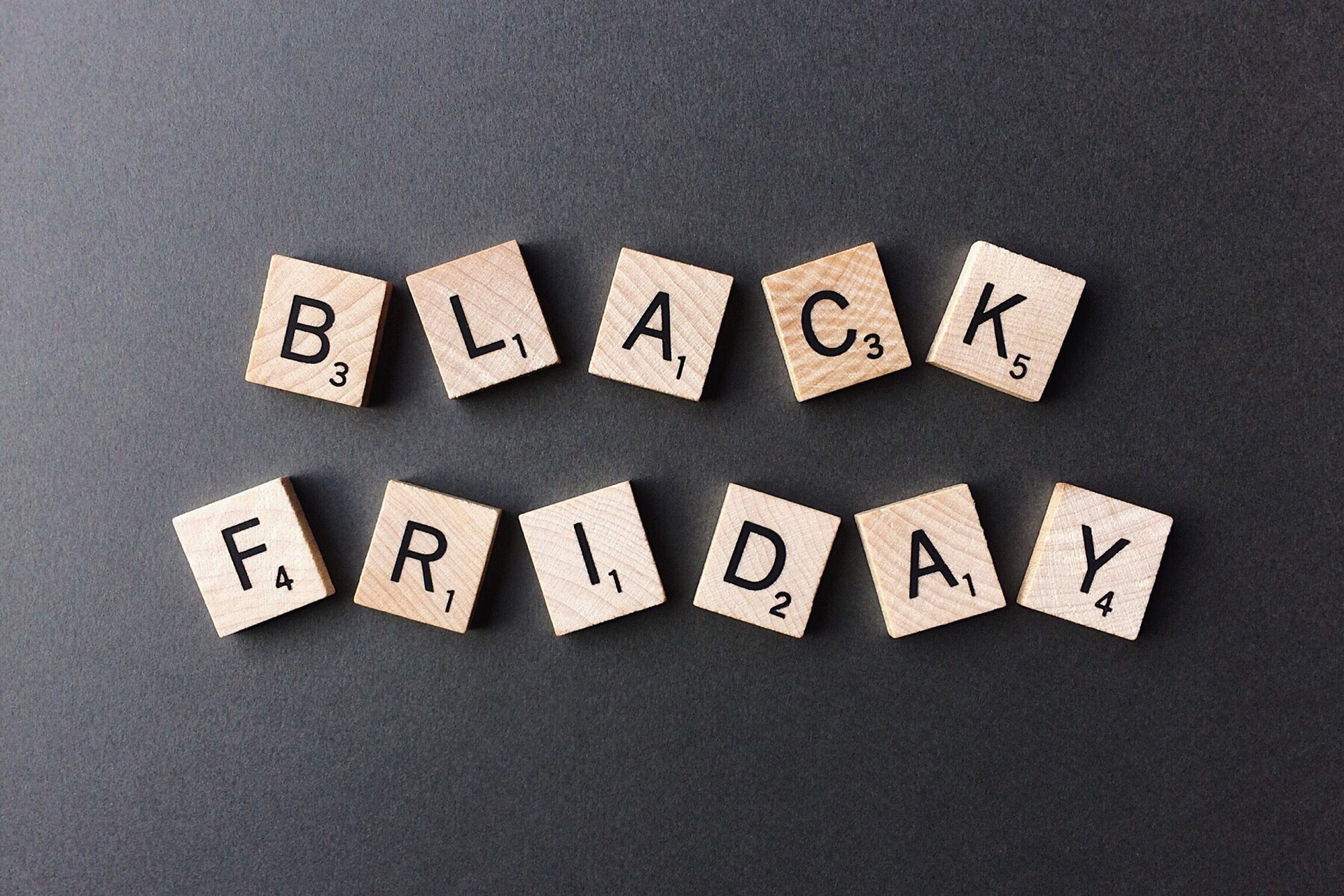
Examples
Sales Promotion in Tourism and Hospitality
Sales promotion in the tourism and hospitality sectors is used to stimulate short-term demand and encourage immediate action from customers. Here are examples of sales promotion techniques in both B2B and B2C contexts:
B2C Sales Promotion Examples
Discounts and Special Offers:
- Early Bird Discounts: Hotels offering reduced rates for bookings made well in advance of the stay date.
- Last-Minute Deals: Airlines or hotels providing steep discounts on unsold inventory close to the travel date.
- Package Deals: Resorts bundling accommodation with meals, activities, or spa treatments at a discounted rate.
Loyalty Programs:
- Airline Frequent Flyer Programs: Offering points for flights that can be redeemed for free travel or upgrades.
- Hotel Reward Systems: Providing free nights, room upgrades, or exclusive amenities for repeat guests.
Contests and Sweepstakes:
- Social Media Photo Contests: Encouraging guests to share their vacation photos for a chance to win a free stay.
- Travel Agencies Running Sweepstakes: Offering a chance to win a dream vacation with every booking.
Limited-Time Offers:
- Flash Sales: Online travel agencies offering significant discounts for a very short period, often 24–48 hours.
- Seasonal Promotions: Ski resorts offering discounted lift tickets during off-peak seasons.
B2B Sales Promotion Examples
Volume Discounts:
- Tour Operators: Offering travel agencies better commission rates for higher sales volumes.
- Hotel Chains: Providing corporate clients with discounted rates based on the number of room nights booked annually.
Trade Show Specials:
- Destination Marketing Organizations: Offering exclusive partnership deals to travel agencies during industry trade shows.
- Technology Providers: Presenting special pricing on booking engines or property management systems for hotels that sign up during a conference.
Educational Incentives:
- Airlines: Providing free familiarization trips to travel agents to experience new routes or upgraded services.
- Cruise Lines: Offering online training programs with incentives like onboard credits or free cruises for top-performing travel agents.
Co-op Advertising:
- Hotels partnering with local attractions: Offering joint promotional deals to travel agencies, sharing the cost of advertising.
- Destination Marketing Organizations: Providing matching funds to tour operators for promoting specific destinations in their marketing materials.
Referral Programs:
- Event Venues: Offering commission to hotels or travel agencies for referring corporate clients for conferences or events.
- Luxury Resorts: Providing incentives to travel agents for referring high-value clients.
Direct Marketing
Direct marketing involves communicating directly with targeted consumers to generate a response or transaction. This can be done through various channels such as email, mail, phone, or in-person interactions.
Key characteristics of direct marketing include:
- Personalization: Messages can be tailored to individual recipients.
- Measurability: Results can be easily tracked and analyzed.
- Targeted Approach: Focuses on specific segments of customers or prospects.
- Immediate Call-To-Action: Often includes a clear, immediate response mechanism.
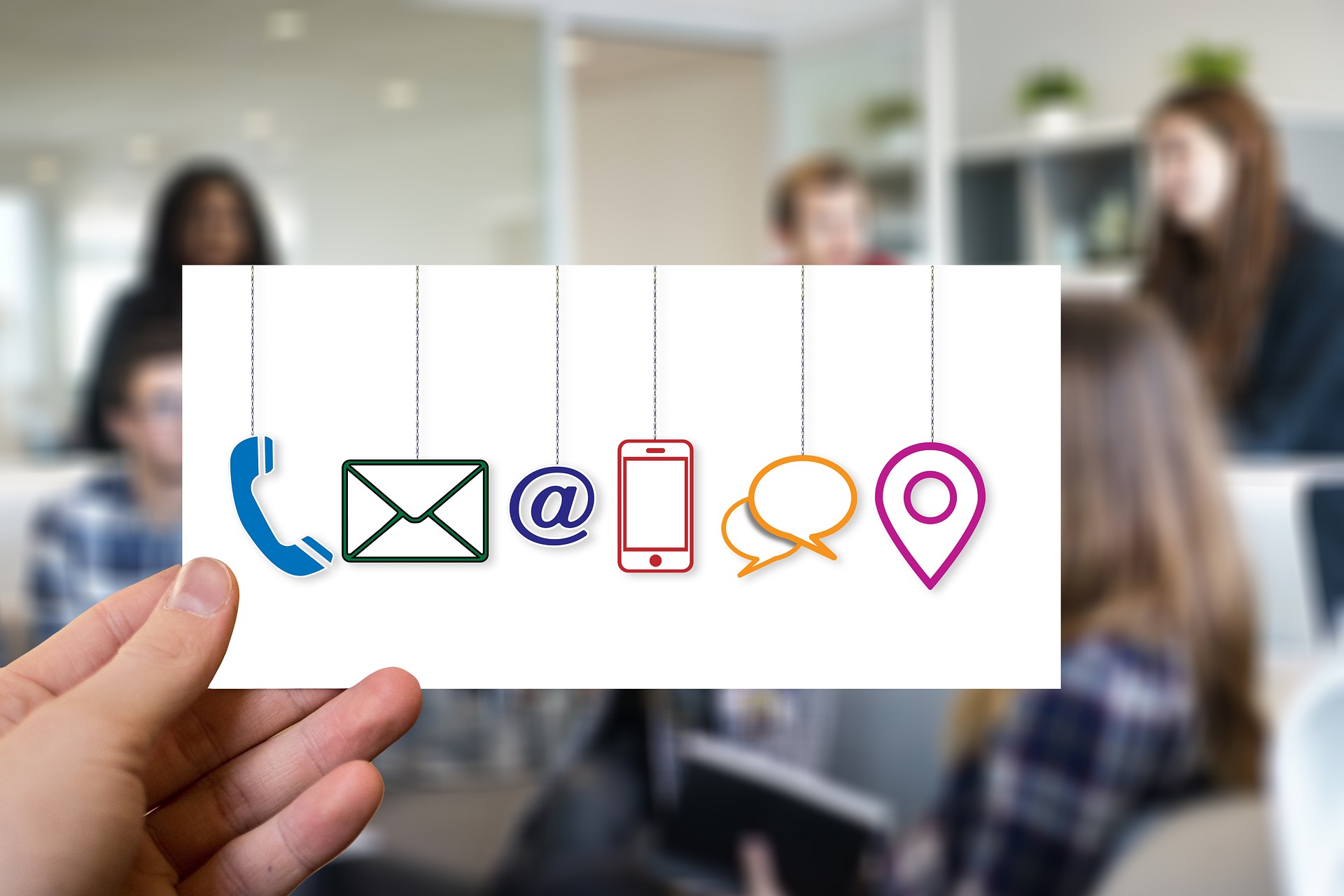
Examples
Direct Marketing in Tourism and Hospitality
Direct marketing in the tourism and hospitality sectors allows businesses to communicate directly with potential customers. Here are examples of direct marketing in both B2B and B2C contexts:
B2C Direct Marketing Examples
Email Campaigns:
- Personalized Offers: Hotels sending tailored promotions to past guests based on their preferences and booking history.
- Seasonal Promotions: Airlines emailing special deals for off-peak travel periods to their subscriber list.
- Virtual Tours: Resorts providing immersive virtual experiences of their properties through email campaigns.
Direct Mail:
- Brochures: Hotels and resorts mailing visually appealing brochures showcasing their amenities and special packages.
- Postcards: Tourist attractions sending postcards with promotional offers to local residents.
- Loyalty Program Updates: Airlines mailing personalized statements of accumulated points and redemption opportunities.
Targeted Flyers:
- Local Promotions: Bed and breakfasts distributing flyers at strategic locations like airports, restaurants, and gas stations.
- Event-Specific Flyers: Tourist attractions handing out flyers during local festivals or conventions.
B2B Direct Marketing Examples
Personalized Business Proposals:
- Customized Packages: Hotels creating tailored proposals for corporate clients, highlighting specific amenities and services that meet their needs.
Industry-Specific Communications:
- Trade Show Follow-Ups: Hotel chains sending personalized emails to contacts made at industry events, offering special rates or services.
Networking Events:
- Familiarization Trips (Fam Tours): Airlines or destinations offering complimentary trips to travel agents to experience their products firsthand.
Digital Marketing
Digital marketing encompasses all marketing efforts that use electronic devices or the internet. It is become increasingly important in modern marketing strategies.
Key components of digital marketing include:
- Search Engine Optimization (SEO): The process of optimizing website content and structure to improve visibility and rankings in organic (unpaid) search engine results, driving more traffic to the site.
- Content Marketing: Creating and sharing valuable, relevant content (e.g., blogs, videos, and infographics) to attract and engage a target audience, ultimately driving customer actions.
- Social Media Marketing: Using social media platforms to promote products or services, engage with audiences, and build brand awareness through both organic posts and paid advertisements.
- Email Marketing: Sending targeted emails to nurture relationships with customers, promote products, or provide updates, often personalized to enhance engagement.
- Pay-Per-Click Advertising (PPC): A model where businesses pay a fee each time their ad is clicked, commonly used in search engines and social media platforms for immediate visibility.

Examples
Digital Marketing in Tourism and Hospitality
Digital marketing has become an essential strategy for the tourism and hospitality sectors, allowing businesses to reach and engage with their target audiences effectively. Here are examples of digital marketing in both B2B and B2C contexts.
B2C Digital Marketing Examples
Search Engine Optimization (SEO): Hotels and resorts optimize their websites with relevant keywords to improve organic search rankings. For instance, a boutique hotel in Paris might target phrases like “romantic getaway in Paris” or “luxury accommodation near the Eiffel Tower”.
Social Media Marketing:
- Instagram Campaigns: Hotels sharing high-quality photos and videos of their properties, amenities, and local attractions to inspire potential guests.
- Facebook Advertising: Targeting specific demographics with tailored ads for vacation packages or special promotions.
- User-Generated Content: Encouraging guests to share their experiences using branded hashtags, like Fairmont Hotels’ #FairmontMoments campaign.
Email Marketing:
- Personalized Offers: Hotels sending tailored promotions to past guests based on their preferences and booking history.
- Seasonal Campaigns: Airlines emailing special deals for off-peak travel periods to their subscriber list.
Content Marketing:
- Travel Blogs: Four Seasons Magazine publishing aspirational articles like “5 exclusive experiences across Europe” to inspire high-end travelers.
- Video Content: Hotels creating virtual tours or showcasing local experiences to engage potential guests.
Mobile Marketing: Optimizing websites and booking processes for mobile devices, recognizing that many travelers use smartphones for research and reservations.
B2B Digital Marketing Examples
LinkedIn Marketing: Hotels and event venues using LinkedIn to connect with corporate travel managers and event planners, sharing content about their facilities and services.
Webinars and Virtual Events: Tourism boards or hotel chains hosting online seminars for travel agents and tour operators to showcase new destinations or properties.
Targeted Email Campaigns: Sending personalized proposals and packages to corporate clients, highlighting specific amenities that meet their needs.
Content Marketing for B2B:
- White Papers: Tourism technology providers distributing in-depth reports on industry trends to decision-makers in hospitality companies.
- Case Studies: Sharing success stories of how other businesses have benefited from their services.
Digital Advertising: Using platforms like Google Ads to target businesses searching for conference venues or corporate retreat locations.
Examples
Digital Marketing Trends
Key Digital Marketing Trends for 2025 and Beyond[22][23][24]
AI-Driven Personalization and Automation: Artificial intelligence (AI) and machine learning (ML) will revolutionize digital marketing. These technologies will enable:
- Hyper-personalized content and ad campaigns at scale
- Advanced customer behavior analysis and predictive modeling
- AI-powered chatbots and conversational marketing, with 95% of customer interactions expected to occur through AI-driven systems by 2025
Video and Visual Content Dominance: Video marketing, especially short-form content, will continue to lead engagement strategies:
- Platforms like TikTok and YouTube will be crucial for reaching diverse audiences.
- Shoppable video content will grow, with social commerce revenues forecasted to surpass $1 trillion USD by 2028.
- Visual search optimization will become increasingly important, with over 10 billion visual searches processed monthly by Google Lens.
Evolving Search Landscape: The concept of SEO will expand to “search everywhere optimization”:
- Voice search optimization will be critical, affecting conversational marketing strategies.
- Visual search will require new optimization techniques for images and videos.
- Content discovery will shift to AI-driven platforms and alternative search engines, including social media platforms.
Privacy-Centric and Ethical Marketing: As data privacy concerns grow, digital marketing strategies will adapt:
- Shift towards first-party data collection and transparent data practices
- Increased focus on building trust with consumers through ethical marketing practices
- Emphasis on sustainability and value-based branding to appeal to conscious consumers
Immersive and Interactive Experiences: Digital marketing will increasingly incorporate immersive technologies:
- Augmented reality (AR) and virtual reality (VR) integration in marketing campaigns
- “Phygital” experiences blending physical and digital interactions
- Interactive ad formats, including 360-degree product views and virtual try-ons

Media Attributions
- Figure 1: “The components of the promotion mix” [created using Napkin.ai] by the author is under a CC BY-NC-SA 4.0 license.
- Figure 2: “Man in black suit holding rifle illustration” by McGill Library (2020), via Unsplash, is used under the Unsplash license.
- Figure 3: “Sir Richard Branson” by dtiet (2011), via Flickr, is used under a CC BY-NC-ND 2.0 license.
- Figure 4: “PR activities” [created using Napkin.ai] by the author is under a CC BY-NC-SA 4.0 license.
- Figure 5: “Chipotle College Mall” by Mjs92984 (2015), via Wikimedia Commons, is used under a CC BY-SA 4.0 license.
- Figure 6: “United Airlines A320 in the New Livery” by JacobAviation (2019), via Wikimedia Commons, is used under a CC BY-SA 4.0 license.
- Figure 7: “PR tools” [created using Napkin.ai] by the author is under a CC BY-NC-SA 4.0 license.
- Figure 8: “Ai Generated Laptop Conference Table” by Jecasa_Ltd (2024), via Pixabay, is used under the Pixabay content license.
- Figure 9: “Image Digital Marketing” by sagararora372 (2018), via Pixabay, is used under the Pixabay content license.
- Figure 10: “Review Feedback Write A Review” by geralt (2021), via Pixabay, is used under the Pixabay content license.
- Figure 11: “Big Data Data Statistics” by wynpnt (2017), via Pixabay, is used under the Pixabay content license.
- Figure 12: “Festival de Nowrouz à la Place-des-Arts” by abdallah (2018), via Flickr, is used under a CC BY 2.0 license.
- Figure 13: “Business, Handshake, Business deal” by tungnguyden0905 (2022), via Pixabay, is used under the Pixabay content license.
- Figure 14: “Parasailing, Water sports, Nature” by Gaudis99 (2014), via Pixabay, is used under the Pixabay content license.
- Figure 15: “Black friday, Shopping, Sale” by WOKANDAPIX (2017), via Pixabay, is used under the Pixabay content license.
- Figure 16: “Contact, Team, Office” by geralt (2019), via Pixabay, is used under the Pixabay content license.
- Figure 17: “Digital marketing, Computer, Desk” by ProdeepAhmeed (2020), via Pixabay, is used under the Pixabay content license.
- Figure 18: “Smartphone, Metaverse, Castle” by andymeyer67 (2017), via Pixabay, is used under the Pixabay content license.
- AdAge. (2015, January 12). 21st century ad campaigns: The top 15 [Video playlist]. YouTube. https://youtube.com/playlist?list=PLComNResqCikOu9a85YJeittwTKUudyEd&si=kXojMGnCnYYgy5RU ↵
- HP, C. (2023, September 8). What is informative advertising? Types and examples. The Media Ant. https://www.themediaant.com/blog/informative-advertising-types-and-examples/ ↵
- VIA Rail Canada. (2017, February 7). VIA Rail & Canada 150: All aboard for the celebrations! [Video]. YouTube. https://youtu.be/4ZvwjzsM4XE?si=sTtq4UW0SxbFrDGD ↵
- MullenLowe Global. (2013, June 25). Make health last - Canadian Heart & Stroke Foundation [Video]. YouTube. https://youtu.be/qNkzVz5Aljk?si=xsbcXbSqKV7GCo7e ↵
- Heinz. (2019, June 17). Ed's Heinz ad [Video]. YouTube. https://youtu.be/keOaQm6RpBg?si=04_w-UORWjj-D0le ↵
- WestJet. (2013, December 8). WestJet Christmas miracle: Real-time giving [Video]. YouTube. https://youtu.be/zIEIvi2MuEk?si=4xVNNWjQlXH_pA5N ↵
- Tim Hortons. (2017, March 20). Tim Hortons true stories: Proud fathers [Video]. YouTube. https://youtu.be/blo7wsEHjLY?si=ZASzHlnEQfVV4f6I ↵
- Cambridge University Press. (n.d.). Publicity. In Cambridge dictionary. Retrieved December 11, 2024, from https://dictionary.cambridge.org/dictionary/english/publicity ↵
- Comcowich, W. (2015, August 4). Public relations lessons from Richard Branson, the PR master. Glean.info. https://glean.info/public-relations-lessons-from-richard-branson-the-pr-master/ ↵
- Forbes. (2021, June 7). How Richard Branson built his multibillion dollar fortune | Forbes [Video]. YouTube. https://youtu.be/bDLOefC5mT8?si=tQwG6nUqmpPqTkt6 ↵
- MasterClass. (2022, August 4). Find a dream big enough to scare you | Richard Branson on disruptive entrepreneurship | Masterclass [Video]. YouTube. https://youtu.be/epyu-hea20Q?si=UQ_zVF9ZSSTJoovY ↵
- Moneywise. (2010, May 13). Richard Branson's top tips for entrepreneurs [Video]. YouTube. https://youtu.be/12lzdEBpW9U?si=ntlpWyKfs7L_2GLm ↵
- Preventium. (2023, March 6). Crisis case study Chipotle E.coli outbreak. https://preventium.au/news/crisis-case-study-chipotle-e-coli-outbreak/ ↵
- Bradley, D. (2017, July 5). Chris Arnold guides Chipotle’s crisis comeback. PRWeek. https://www.prweek.com/article/1438230/chris-arnold-guides-chipotles-crisis-comeback ↵
- Hosseinali-Mirza, V. (2024). United Airlines: Flight 3411 public communication crisis. OATCJ: Open Access Teaching Case Journal, 2(1). https://ecampusontario.pressbooks.pub/oatcj/chapter/united-airlines-flight-3411-public-communication-crisis/ ↵
- Evans, P. (2017, April 10). United Airlines forcibly removes passenger from overbooked flight. CBC News. https://www.cbc.ca/news/business/united-airlines-flight-overbooked-1.4063632 ↵
- Ma, J., Tse, Y. K., Wang, X., & Zhang, M. (2019). Examining customer perception and behaviour through social media research – An empirical study of the United Airlines overbooking crisis. Transportation Research Part E: Logistics and Transportation Review, 127, 192–205. https://doi.org/10.1016/j.tre.2019.05.004 ↵
- Canadian Public Relations Society. (2024, June 11). Canada's best PR campaigns win big at CPRS Awards of Excellence [Press release]. https://www.cprs.ca/About/News/2024/Canada’s-best-PR-campaigns-win-big-at-CPRS-Awards ↵
- Reynolds, S. (n.d.). How to make PR campaigns for seasonal events stand out. Cision. Retrieved December 17, 2024, from https://www.cision.com/resources/articles/pr-campaigns-seasonal-events/ ↵
- Robertson A. (2023, February 28). Managing public relations resources for music festivals. FestivalPro. https://www.festivalpro.com/festival-management/2525/news/2023/2/28/Managing-Public-Relations-Resources-for-Music-Festivals.html ↵
- Chander-Joshi, S. (2024, November 25). The entertainment sector in Canada: A PR, communications, and marketing perspective. PRofessionals & Coffee. https://professionalsandcoffee.com/the-entertainment-sector-in-canada-a-pr-communications-and-marketing-perspective/ ↵
- Shopify Staff. (2024, December 6). Top digital marketing trends for 2025. Shopify. https://www.shopify.com/ca/blog/digital-marketing-trends ↵
- Bansal, D. (2024, November 13). Digital marketing trends for 2025 and beyond. Forbes. https://www.forbes.com/councils/forbesbusinesscouncil/2024/11/13/digital-marketing-trends-for-2025-and-beyond/ ↵
- Statista Research Department. (2024, August 16). Digital advertising worldwide – Statistics and facts. Statista https://www.statista.com/topics/7666/internet-advertising-worldwide/#topicOverview ↵
The combination of six key promotional tools: advertising, public relations, personal selling, sales promotions, direct marketing, and digital marketing.
A paid, non-personal form of communication that promotes products, services, or ideas to a broad audience through various media channels, such as TV, radio, print, or digital platforms.
Efforts to manage an organization's reputation by generating positive publicity and handling communication during crises or events.
The act of attracting public attention or interest through media coverage. Unlike advertising, publicity is not paid for directly but is earned through newsworthy activities or events that capture media interest.
An official statement issued by an organization to the media with the aim of generating news coverage. Press releases typically announce new products, services, events, or other noteworthy developments within an organization.
An online platform where organizations provide press releases, multimedia content, and other resources for journalists and the public to access up-to-date information about the brand.
Organized events where journalists are invited to experience a product or service firsthand. These tours aim to generate positive media coverage by providing journalists with in-depth knowledge and experiences related to the brand.
Public events organized by companies or organizations where they announce significant news or developments. These events are attended by journalists who report on the announcements made during the conference.
Individuals who represent and promote a brand in a positive light, often leveraging their personal networks and social media presence to increase brand awareness and influence consumer perceptions.
A promotional method involving face-to-face interaction between a salesperson and a customer to build relationships and close sales.
Short-term incentives designed to encourage immediate purchases or actions. Examples include discounts, contests, or limited-time offers.
Marketing strategies designed to encourage repeat business by rewarding customers for their continued patronage. Examples include points systems or exclusive member benefits.
A promotional method involving direct communication with targeted consumers to generate a response or transaction. Examples include email campaigns, personalized mailers, and telemarketing.
The use of internet-based platforms and technologies to promote products or services. Key components include social media marketing, search engine optimization (SEO), content marketing, and email marketing.
The process of optimizing website content and structure to improve visibility and rankings in organic (unpaid) search engine results, driving more traffic to the site.
Creating and sharing valuable, relevant content (e.g., blogs, videos, infographics) to attract and engage a target audience, ultimately driving customer actions.
Using social media platforms to promote products or services, engage with audiences, and build brand awareness through both organic posts and paid advertisements.
Sending targeted emails to nurture relationships with customers, promote products, or provide updates, often personalized to enhance engagement.
A model where businesses pay a fee each time their ad is clicked, commonly used in search engines and social media platforms for immediate visibility.

